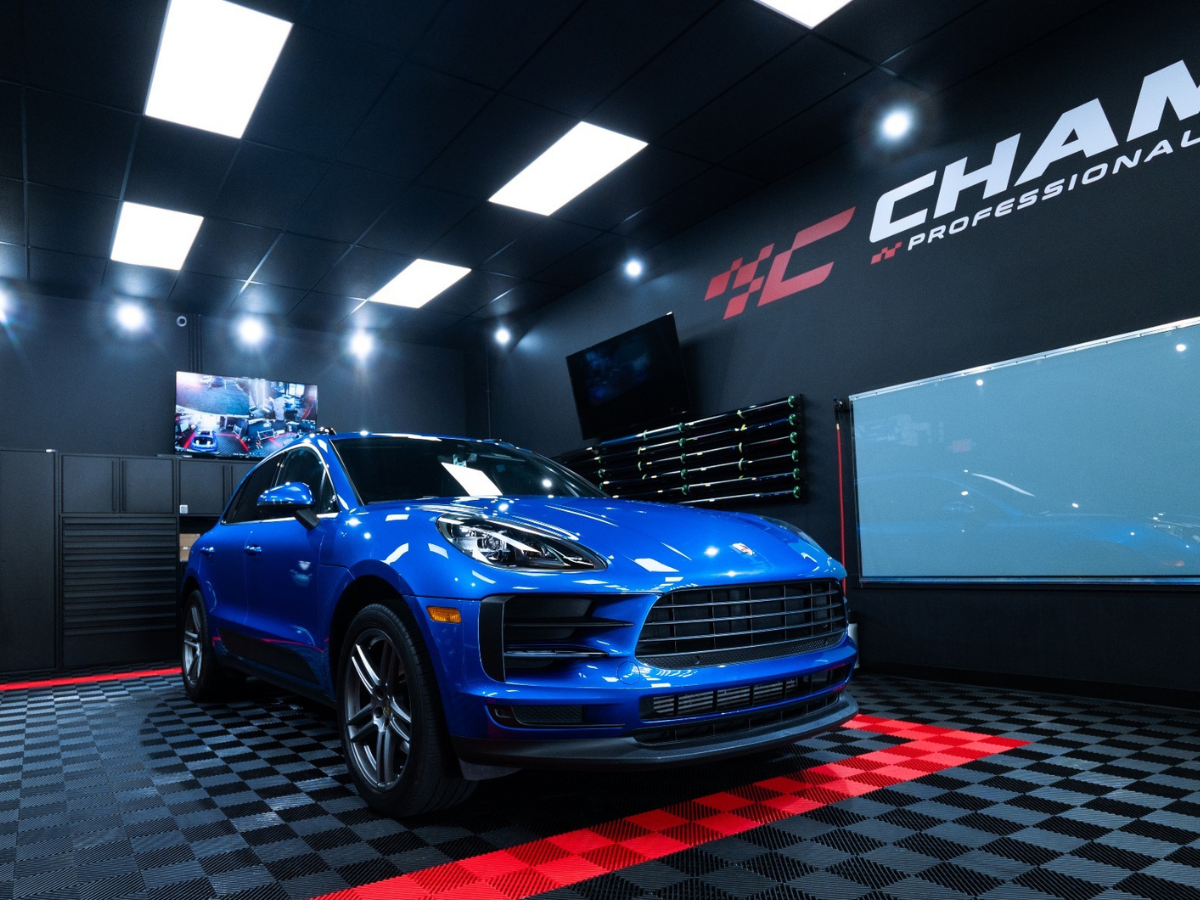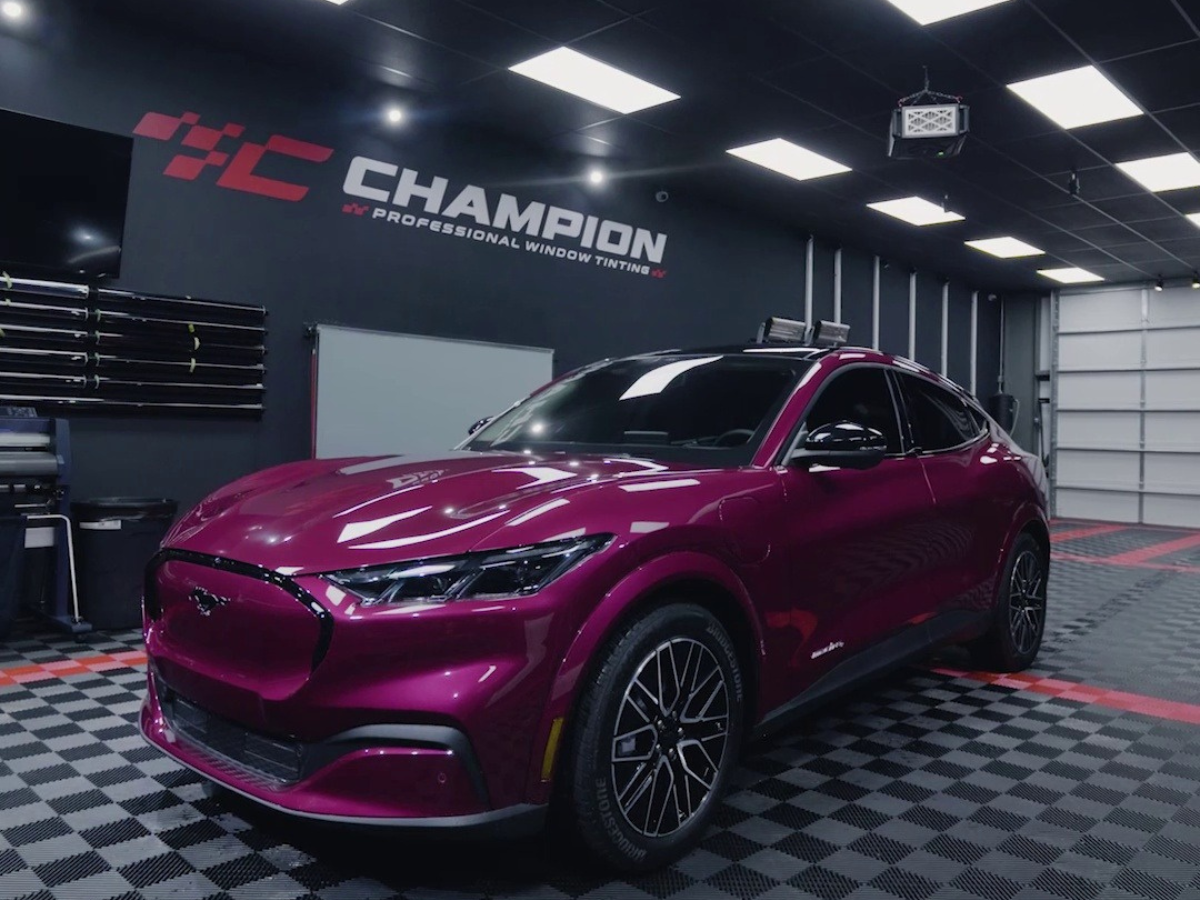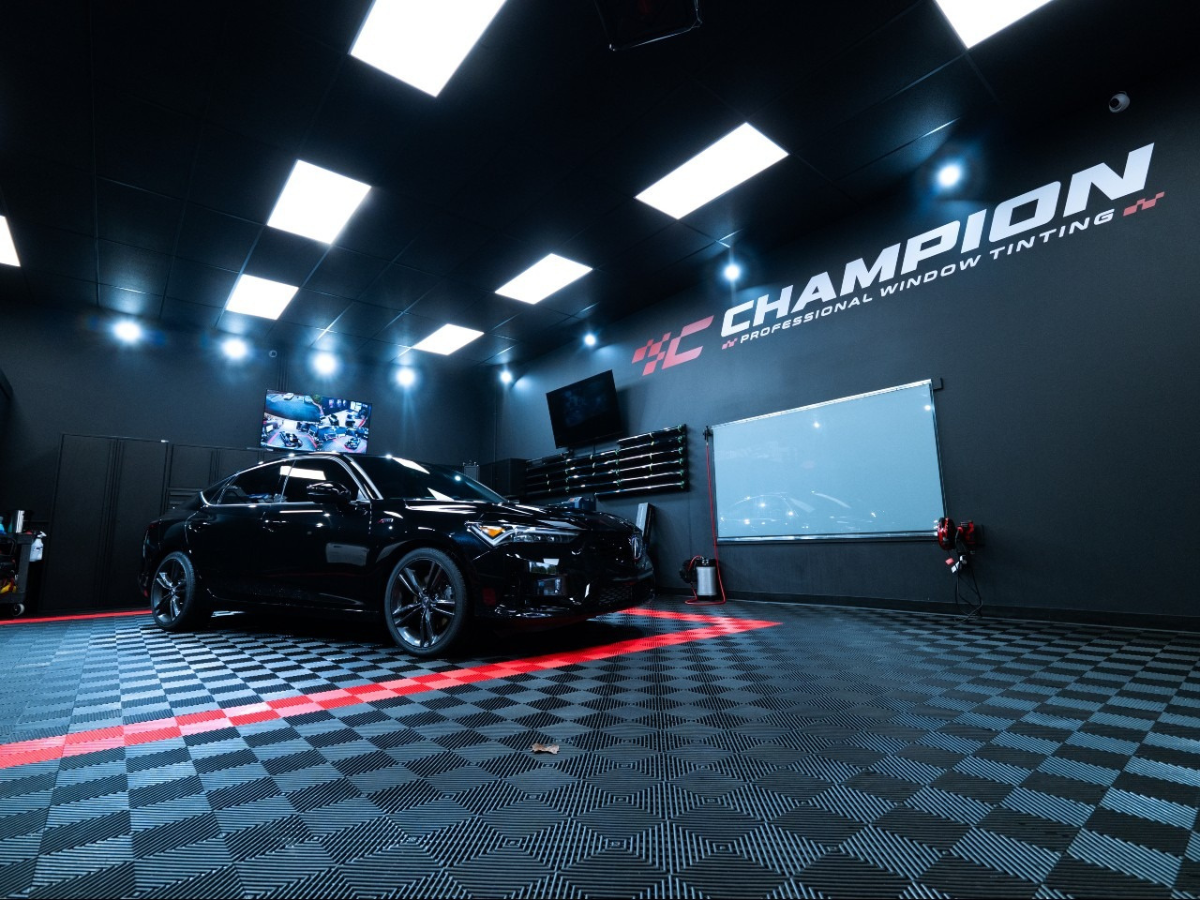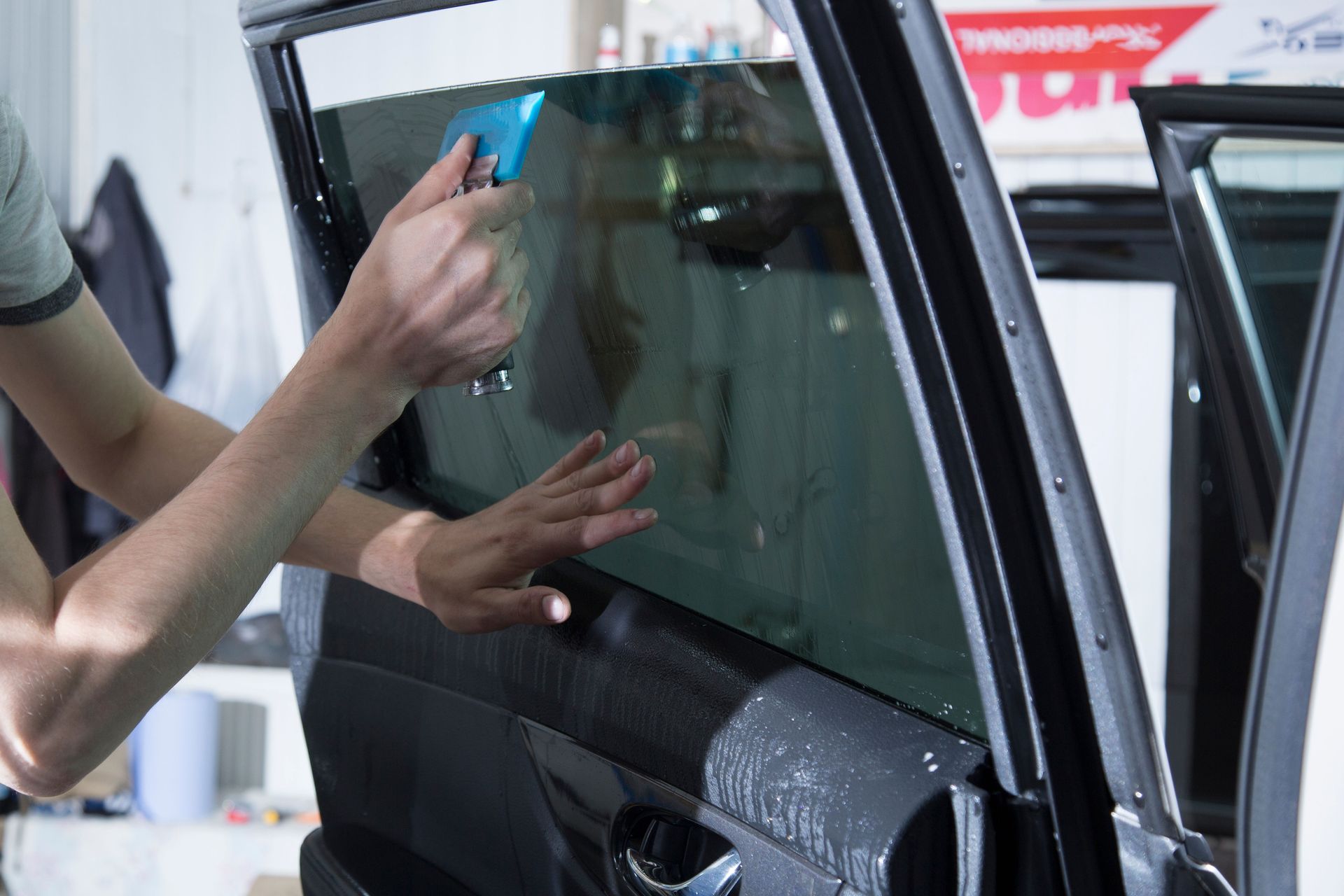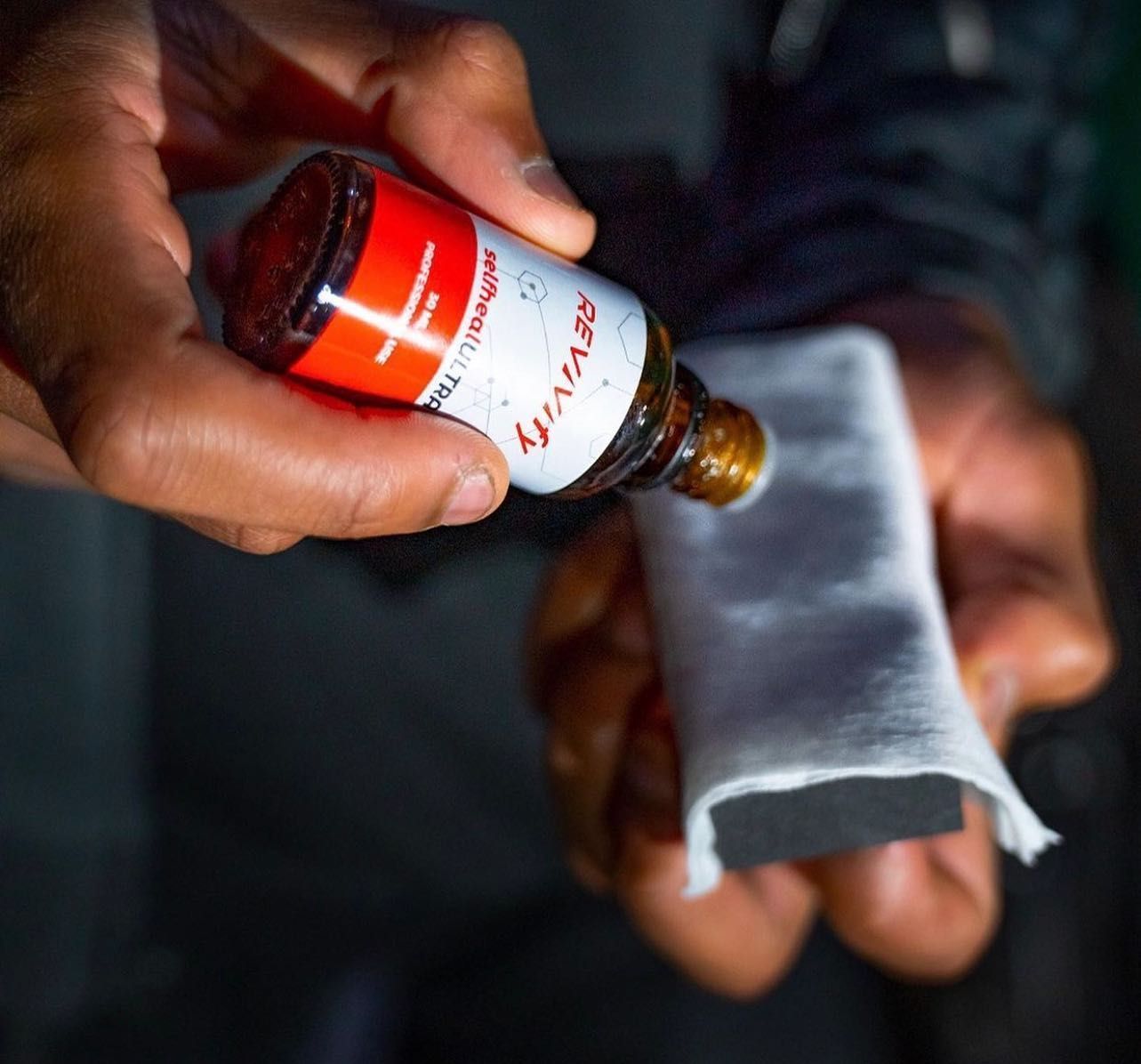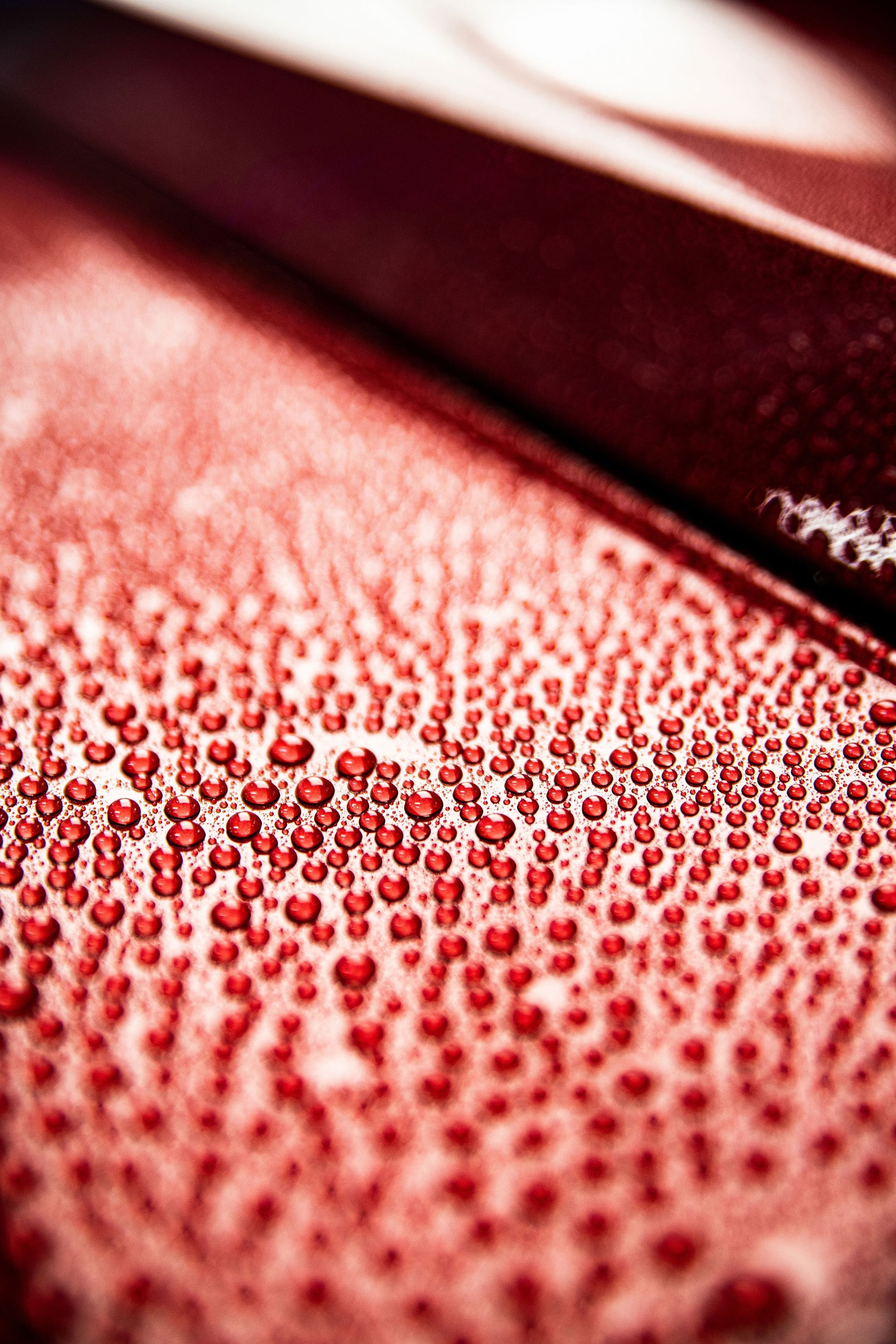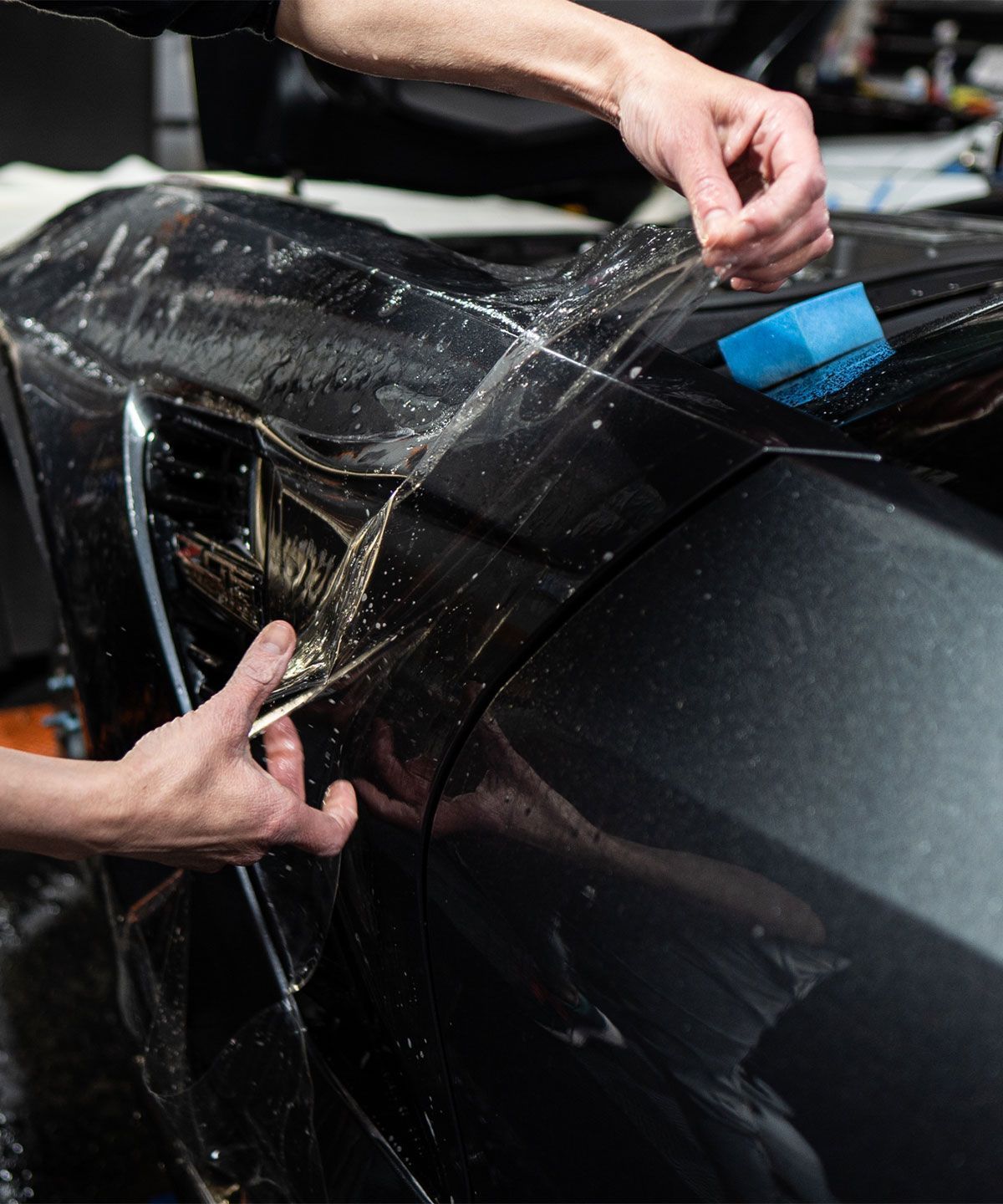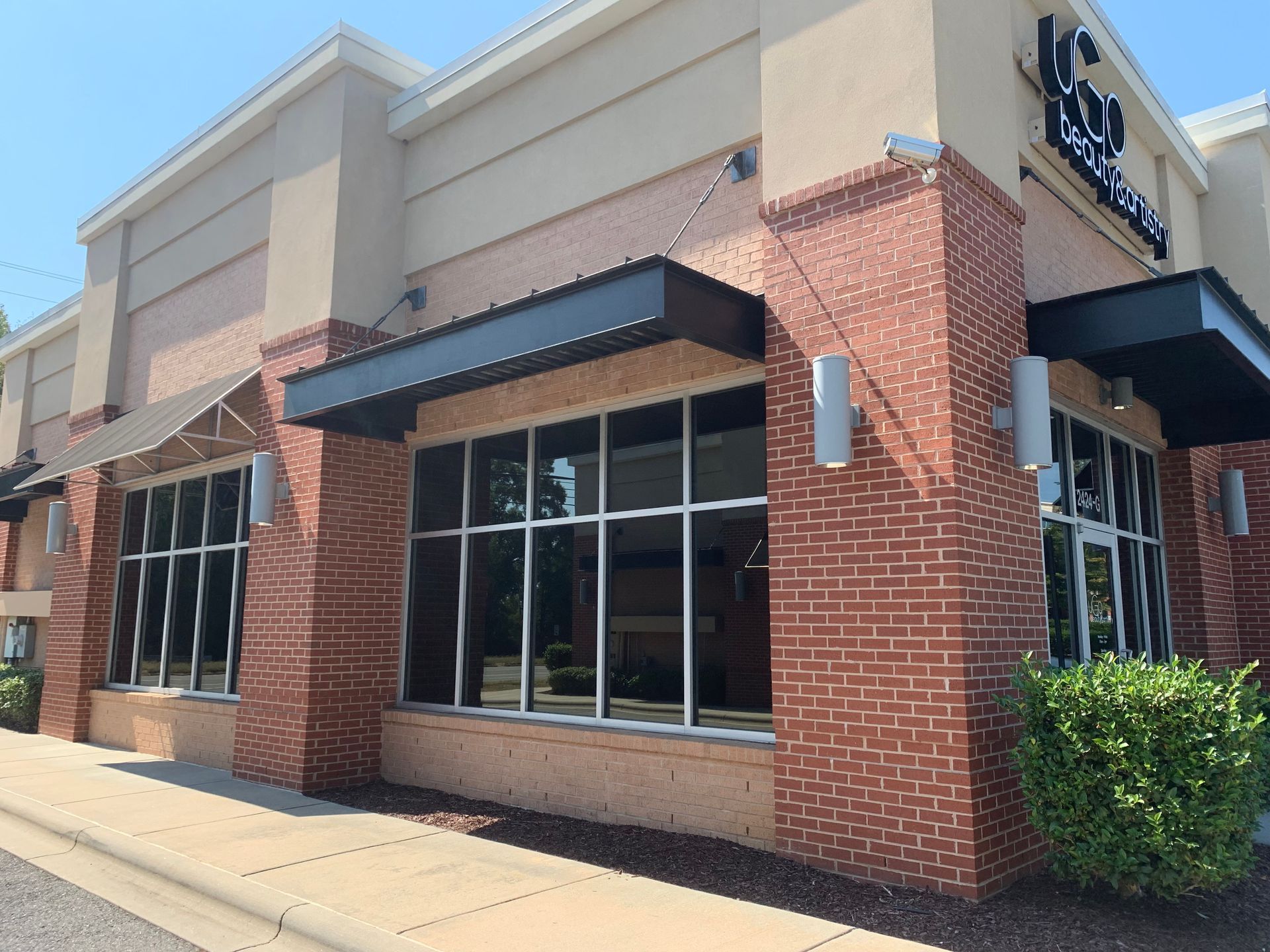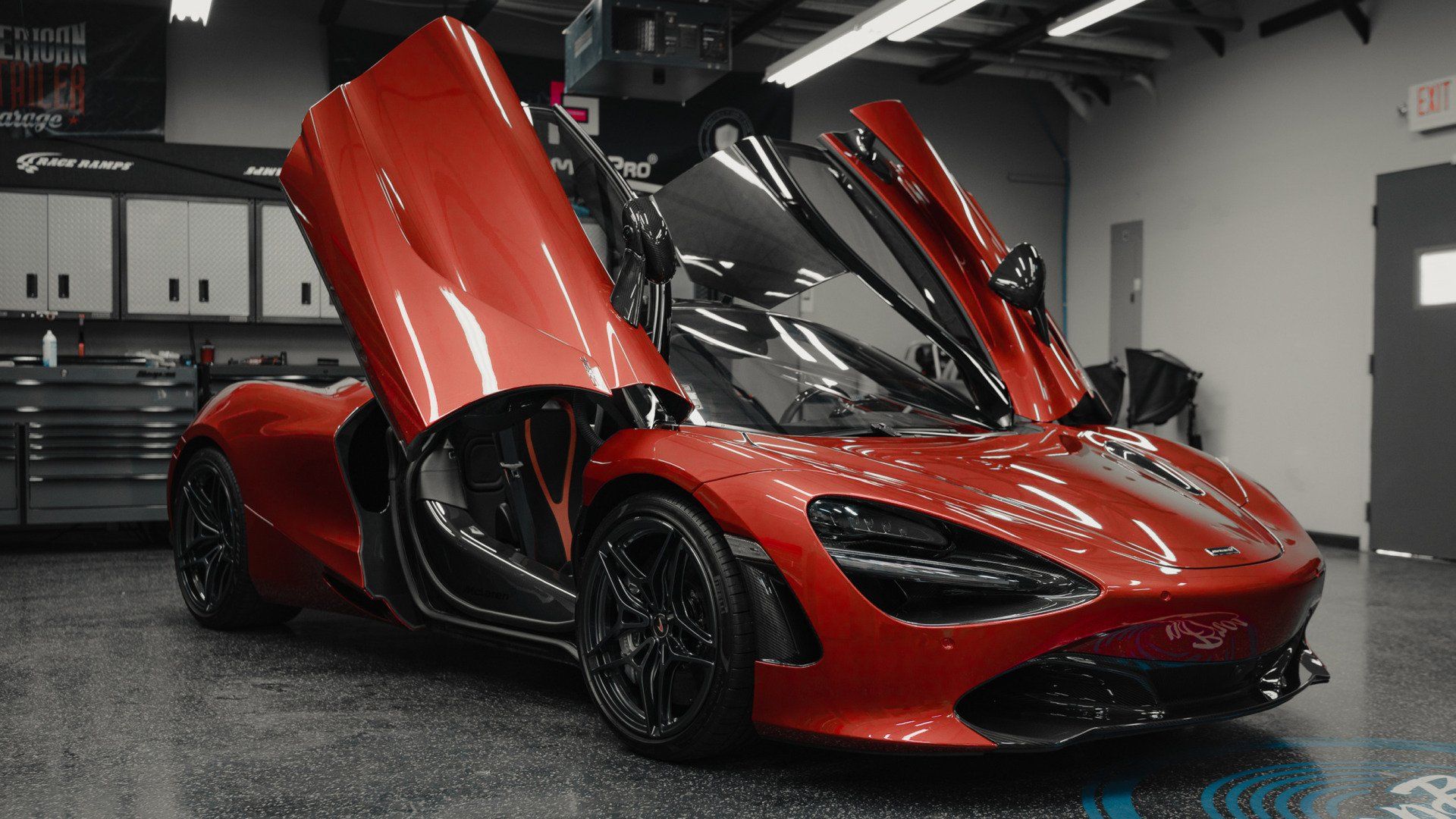Understanding Paint Protection Film Costs: Is It Worth the Investment?
The decision to protect your vehicle's paint goes beyond mere aesthetics; it's a strategic move that can safeguard your investment in the long run. As you weigh the costs associated with various types of protection films and installation methods, understanding the actual value and benefits can guide you toward a decision that protects your vehicle and wallet.
Key Takeaways
- High-quality paint protection films save money on repairs and maintenance.
- Professional installations offer long-term benefits and warranties.
- It protects against paint damage and preserves the resale value of vehicles.
- Research suppliers for quality and warranty coverage to assess overall value.
- Regular maintenance ensures film longevity and performance, reducing repair costs.
Types of Paint Protection Films
When considering paint protection films, there is a range of options available. Understanding the types of paint protection films can help you make an informed decision about protecting your vehicle's paint job.
The most common types include polyurethane films, hybrid films, and ceramic coatings.
Polyurethane films are known for their durability and ability to protect against rock chips, scratches, and other minor abrasions. They're self-healing, meaning minor scratches on the film can disappear with heat or time.
Hybrid films combine the benefits of polyurethane films with additional features like enhanced UV protection or stain resistance. These films offer a good balance between safety and aesthetics.
Ceramic coatings, on the other hand, provide a thin layer of protection that bonds with the paint surface, creating a hydrophobic barrier that repels water, dirt, and other contaminants. While ceramic coatings offer excellent protection and durability, they may not be as effective against rock chips or scratches as polyurethane films.
When choosing a paint protection film, consider factors such as your driving habits, the climate in which you live, and your budget. Each type of film has advantages and limitations, so it is crucial to select one that best suits your needs and preferences.
Factors Affecting Cost
When considering the cost of paint protection film, two key factors come into play: the quality of the material used and the complexity of installation required.
Higher-quality materials tend to come with a higher price tag but often provide better protection and longevity.
Similarly, the more intricate the installation process, the more labor-intensive it becomes, impacting the overall cost of applying the film.
Material Quality Impact
Are you curious about how material quality impacts the cost of paint protection film? The quality of the film material plays a significant role in determining the overall cost of the protection. Higher-quality materials, often characterized by advanced technology and superior durability, come at a premium price.
These materials offer better protection against various environmental factors, such as UV rays, bird droppings, and road debris, ensuring that your vehicle's paint remains pristine for longer periods.
Investing in high-quality paint protection film can lead to long-term cost savings by reducing the frequency of repairs and repaints. While the initial cost may be higher, the superior materials provide better protection, maintaining your vehicle's aesthetic appeal and preserving its resale value.
Cheaper alternatives may save you money upfront, but they might offer different levels of protection, potentially leading to higher expenses in the future.
Therefore, when considering paint protection film options, it is essential to weigh the upfront cost against the long-term benefits of superior material quality.
Installation Complexity Influence
The complexity of installation dramatically influences the cost of paint protection film. The intricacy of fitting the film to your vehicle's curves, edges, and contours plays a significant role in determining the final price. Vehicles with complex body designs or those requiring extensive disassembly for best installation will typically incur higher costs due to the additional time and expertise needed to ensure a perfect fit.
Installation complexity can vary depending on your vehicle's make and model. Luxury cars, sports cars, and SUVs often have intricate body shapes that demand meticulous attention to detail during installation.
Custom installations or coverage for areas with unique challenges, such as sharp angles or compound curves, can further increase the overall cost.
When considering the paint protection film cost, it's vital to factor in the installation complexity to achieve a flawless application and maximum protection for your vehicle.
Investing in professional installation services tailored to your vehicle's specific needs can ultimately save you time, money, and potential reapplication expenses.
Installation Process Breakdown
When considering the cost of paint protection film, it's essential to understand the intricacies of the installation process.
The installation involves meticulous precision to ensure a seamless application that protects your vehicle.
Time and labor play a significant role in determining the overall cost, as the complexity of the installation can vary based on the size and shape of the vehicle.
Installation Steps
To properly understand the intricacies of the installation process for paint protection film, it's crucial to break down the steps involved.
- Surface Preparation: The vehicle's surface is meticulously cleaned to remove any dirt, wax, or debris that could affect the film's adhesion.
- Custom Cutting: The film is precisely cut to fit each section of the vehicle, ensuring complete coverage while avoiding any unnecessary overlap.
- Careful Application: The film is carefully applied to the vehicle's surface, starting from one end and working methodically to prevent air bubbles or misalignment.
- Finishing Touches: Once the film is in place, any excess material is trimmed, edges are sealed, and the entire surface is inspected to ensure a seamless and professional finish.
Understanding these steps gives you insight into the meticulous process of applying paint protection film, highlighting the attention to detail and precision required for a successful installation.
Time and Labor
How much time and labor are typically required to install paint protection film?
The installation process of paint protection film involves a series of meticulous steps that demand time and skilled labor to ensure a flawless finish. On average, a professional installer can take 4 to 8 hours to apply paint protection film to a vehicle, depending on the complexity of the vehicle's design and size.
The process begins with thoroughly cleaning the vehicle to remove any dirt or debris that could interfere with the film's adhesion.
Next, the film is precisely measured and cut to fit each vehicle panel, requiring patience and precision to avoid misalignments or bubbles.
The actual application of the film demands steady hands and expertise to smooth out any imperfections and ensure a seamless bond to the vehicle's surface.
DIY Vs. Professional Installation
Evaluating the intricacies and precision required to install paint protection film correctly, the decision between DIY and professional installation can impact the film's effectiveness and overall cost.
When weighing your options, here are some key points to take into account:
- Skill Level: DIY installation requires high precision and skill to ensure the film is applied without imperfections. Professional installers have the expertise and experience to achieve a flawless finish.
- Equipment: Professional installers use specialized tools and equipment designed for paint protection film application, resulting in a more efficient and effective installation than DIY methods.
- Time Investment: DIY installation can be time-consuming and may lead to frustration if mistakes occur. Professional installers work efficiently, saving you time and ensuring a quicker turnaround.
- Warranty and Guarantees: Opting for professional installation often comes with warranties and guarantees on the quality. Knowing that any issues will be addressed promptly and effectively gives you peace of mind.
Your decision between DIY and professional installation should reflect your skill level, available time, and the desired outcome.
While DIY may initially seem cost-effective, the benefits of paint protection film professional installation regarding quality and long-term protection may outweigh the initial investment.
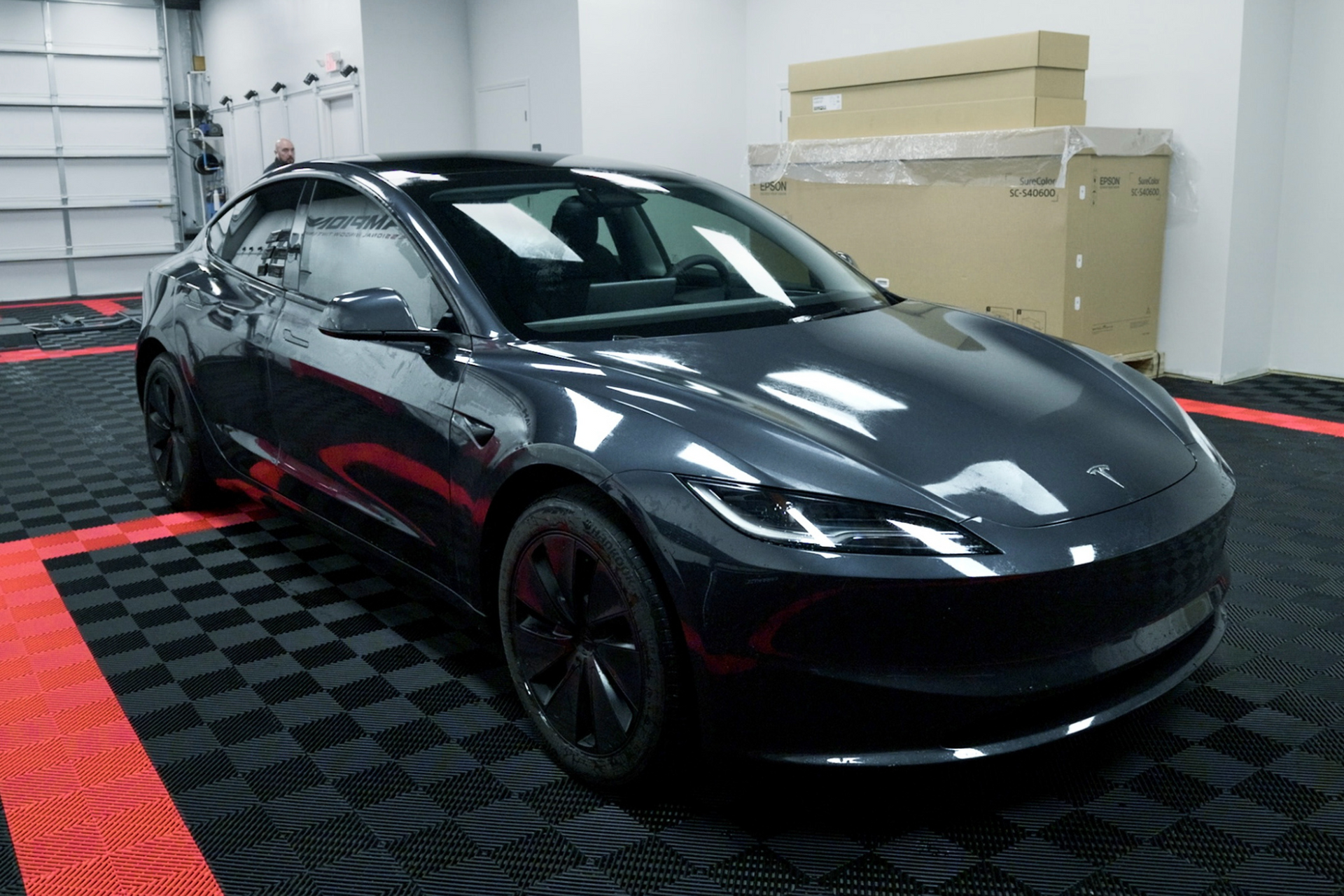
Long-Term Cost Benefits
Investing in paint protection film for your vehicle may initially seem like a significant expense, but considering the long-term cost benefits can provide valuable insights into the overall value of this protective measure.
While the upfront cost of paint protection film installation might give you pause, it's essential to look at the bigger picture to understand the potential savings it offers over time.
One of the primary long-term cost benefits of paint protection film is its ability to shield your vehicle's paint from various environmental hazards. By acting as a barrier against road debris, bird droppings, UV rays, and other contaminants, the film helps prevent paint damage that could necessitate expensive repairs or repainting.
This proactive approach can save you money in the long run by reducing the frequency of touch-ups and refinishing work needed to maintain your vehicle's aesthetic appeal.
Moreover, paint protection film enhances your car's resale value by preserving its original paint quality. Vehicles with well-maintained paint appeal more to potential buyers and can command higher prices in the used car market.
Maintenance Costs and Considerations
When evaluating the long-term viability of paint protection film for your vehicle, it's vital to consider the maintenance costs and considerations associated with this protective measure.
To ensure you make an informed decision, here are some key points to take into account:
- Regular Cleaning: While paint protection film helps shield your car's paint from various elements, regular cleaning is still required to maintain effectiveness. Washing your vehicle with gentle car wash soap and water is usually sufficient to keep the film in good condition.
- Avoid Harsh Chemicals: When cleaning your car with paint protection film, avoid using abrasive cleaners or chemicals that could damage the film. Stick to products recommended by the film manufacturer to prevent any potential harm.
- Professional Inspections: Having your paint protection film inspected by professionals periodically can help identify issues early on. This proactive approach can save you money in the long run by addressing any maintenance needs promptly.
- Repair Costs: If your paint protection film sustains damage, such as scratches or tears, it's vital to factor in potential repair costs. Depending on the extent of the damage, repairs can vary in complexity and cost.
Comparing Prices From Different Suppliers
How do you determine the most cost-effective option for paint protection film for your vehicle?
When comparing prices from different suppliers, the initial cost, the quality of the product, and the supplier's reputation must be considered.
Start by researching various suppliers in your area and online to understand the average price range for paint protection film.
Remember that lower prices sometimes indicate lower quality, so be wary of deals that seem too good to be true.
Consider contacting suppliers for quotes based on your vehicle's specific make and model.
This will allow you to compare prices more accurately and ensure you get an estimate tailored to your needs.
Additionally, look for reviews and testimonials from previous customers to gauge the overall satisfaction with each supplier's product and service.
Remember that while price is important, it shouldn't be the only factor in your decision-making process.
A slightly higher upfront cost for a reputable product and supplier may save you money in the long run by providing better protection and durability.
Warranty Coverage Details
Understanding the warranty coverage details is essential to making a well-informed decision about your paint protection film investment.
The warranty can play a significant role in the overall value proposition when evaluating different options. Here are four key aspects to deliberate:
- Duration: The length of the warranty period can vary between providers. Some offer five-year warranties, while others provide coverage for up to 10 years. Longer warranties can offer extended protection and potentially more excellent value over time.
- Coverage: It's important to review the warranty's coverage. Does it include protection against yellowing, cracking, or peeling?
Understanding the specific coverage details will give you a clearer picture of what to expect in case of damage.
- Exclusions: Pay attention to any exclusions listed in the warranty. Specific actions or conditions may void the warranty, so be aware of what isn't covered to avoid any unexpected issues later.
- Transferability: Some warranties are transferable to a new owner if you sell your vehicle.
This can be a valuable selling point and may increase the resale value of your car.
Calculating Return on Investment
Delving into "Calculating Return on Investment" is essential for thoroughly evaluating your paint protection film investment.
Understanding the return on investment (ROI) of applying paint protection film (PPF) to your vehicle involves analyzing the costs and benefits of this protective measure.
Calculating the ROI of PPF starts by determining the total cost of the film installation. This includes the initial application cost and any additional maintenance or repairs required.
Next, estimate the potential savings that PPF can offer. This may include expenses avoided due to reduced paint damage, preservation of the vehicle's resale value, and a longer lifespan for the paint job.
Once you have these figures, you can calculate the ROI using the formula: ROI = (Net Profit / Cost of Investment) x 100.
In this case, the net profit would be the savings from having PPF installed on your vehicle. A positive ROI indicates the benefits outweigh the costs, making PPF a worthwhile investment.
Investing in paint protection film can yield significant long-term benefits for your vehicle. Vehicles with paint protection film can retain more resale value than those without. Considering factors like material quality, installation process, and maintenance costs, you can decide whether the upfront investment is worth the protection and savings in the long run.
Champion Window Tinting offers expert paint protection film services to safeguard your vehicle's paint from environmental hazards and everyday wear. Their professional team ensures precise application, helping to preserve your car's aesthetic and protect its long-term value. With a focus on quality materials and skilled craftsmanship, Champion Window Tinting provides a reliable solution to keep your vehicle looking its best for years.

